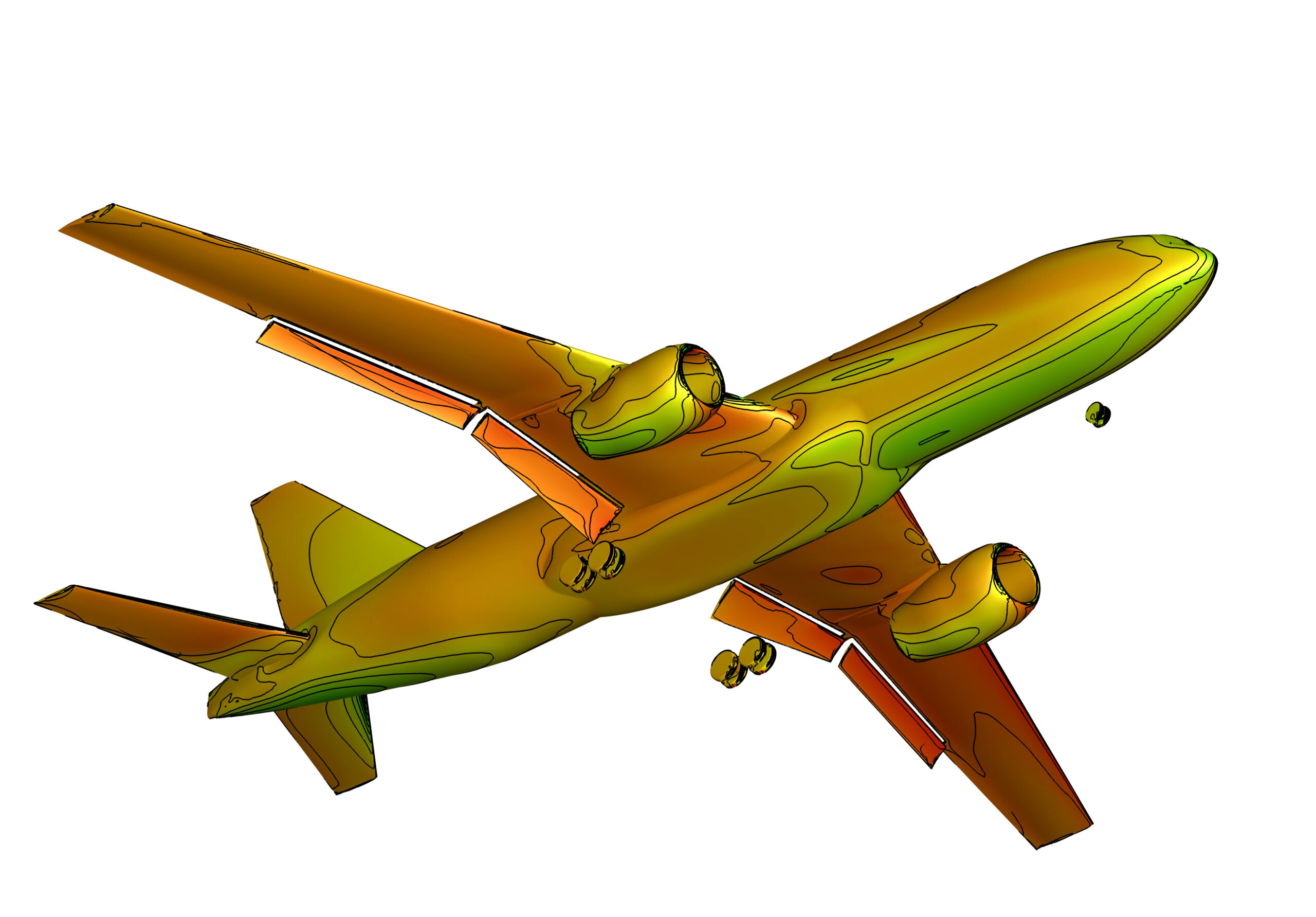The INCAS Flow Physics Division includes three engineering units and a physics unit.

The General Aerodynamics Unit has capabilities for configuration design by engineering methods and optimization mostly applicable to General Aviation. Commercial and in-house robust tools are used for aircraft analysis and mechanical loads calculation. Its projects portfolio includes wind tunnel data post processing for performance & stability calculations, autopilot tunning, VTOL vehicle design and analysis and military-aircraft conceptual work for new vehicles/weapons or configuration upgrades as a low TRL capability.
The Environmental Aerodynamics Unit is focused on experimental techniques for air quality, physics of clouds and Earth Observation. Its large portfolio of projects includes significant investments in airborne facilities, aircraft and ground infrastructure.
The Space Unit is involved in relevant projects for reusable demonstrators, development and validation. Its large portfolio of capabilities includes multidisciplinary optimization, GNC and flying hardware’ entire cycle of development.
The Numerical Simulation Unit has capabilities to model relevant flows related to aerospace vehicles, covering internal or external aerodynamics. A wide range of applications are possible for regimes from low subsonic up to hypersonic and include multifluid/multiphase non/reacting capabilities, heat transfer and 6DOF modelling of body dynamics within the computed flow field. In-house CFD codes and commercial software are running on an SGI UV2000 HPC system (500 cores) that meets the current high-fidelity requirements of large, complex simulation cases. A secondary DELL computing cluster (400 cores) is under configuration, where in-house and open software will be dominantly used.

